
Car Body Lighting especially at the front of the vehicle is becoming a fast-growing trend in automotive lighting. Next to the exciting design possibilities, the economical realization becomes a huge challenge. Lumileds introduces new dedicated lighting solutions for Car Body lighting.




Communities worldwide are tackling the impact of artificial light at night, as high blue light levels harm wildlife, disrupt human circadian rhythms, and increase glare. The challenge also extends to recreating the nostalgic golden glow of sodium vapor lighting for monuments and palaces. Governments are implementing ordinances to reduce blue light content in outdoor lighting, like Maui’s mandate of less than 2% blue light. LUXEON NightScape Technology - the first white light solution with blue content under 2%, offering: • Minimal ecological impact • High energy efficiency • Long-lasting performance • Perfect color for monuments and palaces, replicating the sodium vapor glow.

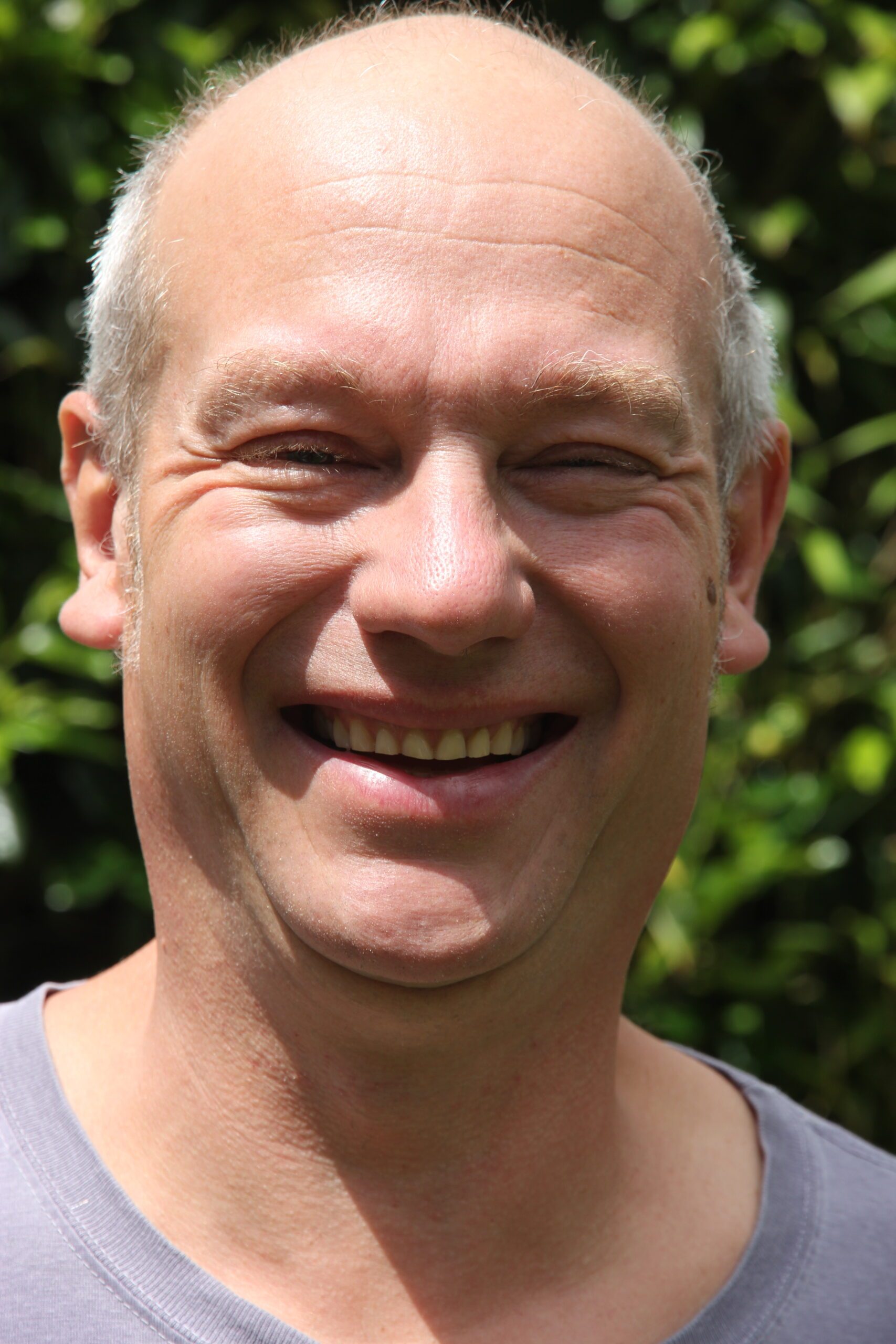
Dr. Thorsten Anger was born in 1967. He graduated from University of Göttingen, Germany with diploma in Chemistry, followed up with a PhD in 1996.
Dr. Thorsten Anger joined Philips in 2001 (Display Business), then Philips Automotive in 2007. He is Product Manager for 3D LED and MxN based in Aachen, Germany.

Dr. Oleg Shchekin is the Chief Technology Officer of Lumileds and is responsible for technology roadmap and incubating new technologies and product concepts that enable Lumileds to lead the industry. Oleg brings over 20 years of innovation, technical development and organizational leadership in semiconductors and LEDs to his role. He joined Lumileds in 2005 and has held a number of technical and leadership roles. He has guided LED product efficiency roadmaps, phosphor materials development, incubated and transferred new technologies and products to development, and established and developed a number of technical competencies in Research and Development.
Dr. Oleg Shchekin’s previous professional experience includes epitaxial semiconductor crystal growth, semiconductor lasers, and flexible organic semiconductor integrated circuits. His work has been recognized by various awards as well as industry review journals.
Dr. Oleg Shchekin holds Ph.D. and M.S. degrees in Electrical Engineering and a B.S. degree in Physics from the University of Texas at Austin.
LUXEON Go as a cost-effective modular solution for automotive headlighting matches particularly well with the specific needs of the Indian car and 2W market. The unique selling points of LUXEON Go: compactness, superior thermal performance, ease of use and quality simplifies the switch from traditional lamp technology to LED headlighting and supports also the planned mandatory switch from Class B to Class C/D in the big domestic two-wheeler market. In this presentation, the current LUXEON Go portfolio, which is meanwhile well established worldwide, will be presented and an outlook will be given how this technological concept can be further deployed for projection and front signaling applications.
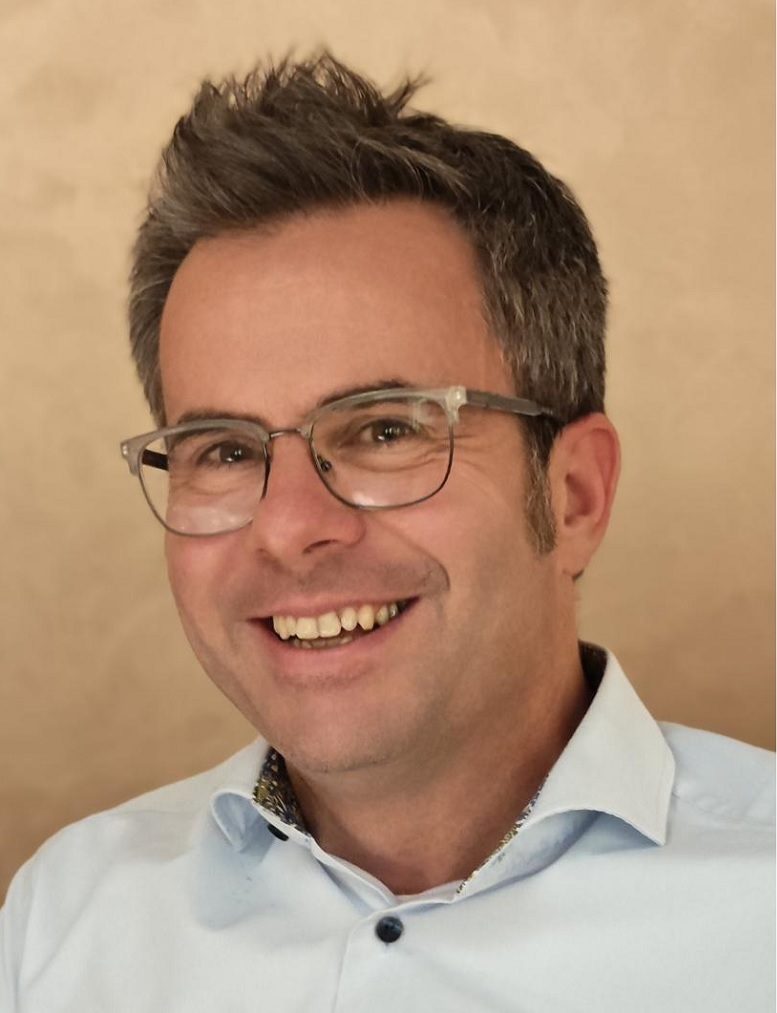
Dr. Wolfgang Schiene has the role of Director Product Management at LUMILEDS located in Aachen, Germany. He is in charge of the global OEM portfolio of modular LED headlighting solutions.
Dr. Wolfgang Schiene has started his automotive lighting career in 2008 as project manager in the CTO office of the Business Group Automotive Lighting of Philips, which later became part of LUMILEDS. Since then, he has worked on multiple positions as innovation portfolio manager, R&D manager and product manager dealing with all relevant headlighting technologies: halogen, xenon and LED. He has a proven track record in driving innovations from concept to market based on his profound technical knowledge and international business contacts.
He holds a Ph.D. in Electrical Engineering from Ruhr University Bochum, is married and has two children.
The authors present the state of the art for MicroLED materials and devices including the latest external quantum efficiency results as a function of current density for Blue, Green, and Red InGaN and Red AlInGaP emitting materials. Additionally, the impact of device design on the ensuing radidation pattern for transferrable MicroLEDs will be presented. Also discussed is the demonstration and performance characteristics of “polychromic” MicroLED devices that emit red, green, and blue wavelength light from a single InGaN-based LED mesa.

Brendan Moran is the Senior Director of Display Technology at Lumileds, working enable the readiness next generation of MicroLEDs and advanced illuminators and ensuring customers are supported for these breakthrough developments. Previously at Lumileds, Brendan led the product development team for mobile flash solutions for nine years, and prior to that led projects for advanced automotive headlights and packaging. Earlier in his career in medical devcies he led the device development enabling the first-on-man clinical trial using UVB LEDs. Brendan earned his Ph.D. in Mateirals at UCSB in the DenBaars lab, where he used MOCVD to create high power / high speed transistors as well as pioneered crack-free GaN on Si growth methodology.


The solid state lighting revolution has brought tremendous benefits of greater light source efficiency, longevity and new applications. While most major lighting applications have seen over 50% replacement of conventional light sources, there is tremendous opportunity in new ideas for better spectral engineering, and where, when and how we use light. Digital lighting is the next wave in light source technology where close coupling of LEDs with electronics and optics enables energy-efficient and versatile lighting solutions across different sectors. Automotive lighting is being enhanced with adaptive lighting systems, improving safety. Mobile phones now boast adaptive flash for better imaging. General Illumination has the potential for a significant shift towards smart and connected systems, optimizing energy usage by delivering the light dynamically, thus mitigating problems associated with light pollution and enhancing our well-being. MicroLED displays promise higher resolution, increased brightness, efficiency and never before possible compact light engines. We will talk about the latest Lumileds technologies enabling digital light sources and new applications.
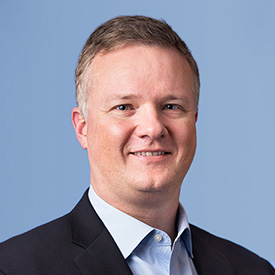
Oleg Shchekin is the Chief Technology Officer of Lumileds and is responsible for technology roadmap and incubating new technologies and product concepts that enable Lumileds to lead the industry. Oleg brings over 20 years of innovation, technical development and organizational leadership in semiconductors and LEDs to his role. Dr. Shchekin joined Lumileds in 2005 and has held a number of technical and leadership roles. He has guided LED product efficiency roadmaps, phosphor materials development, incubated and transferred new technologies and products to development, and established and developed a number of technical competencies in R&D. Dr. Shchekin’s previous professional experience includes epitaxial semiconductor crystal growth, semiconductor lasers, and flexible organic semiconductor integrated circuits. His work has been recognized by various awards as well as industry review journals. Dr. Shchekin holds Ph.D. and M.S. degrees in Electrical Engineering and a B.S. in Physics
In this talk we will present and discuss our work on the design, fabrication and performance of our Red, Green, and Blue segmented emitters for LCoS AR applications. All three colors were realized in both CSP and TFFC architectures. We will present the die performance, highlighting the various strategies employed to maximize light extraction, and ensuring conservation and uniformity of segment brightness, while minimizing grid appearance and power consumption. We will also provide our view on the requirements for the direct integration of these LED’s with CMOS and conclude with discussing our ongoing investigations into the next generation of devices.
Rajiv Pathak has over twenty five years of experience working on the design, epitaxial growth and processing of III-V optoelectronic devices such as electro-absorption modulators, lasers, and, high brightness LED’s. He currently leads the Die Design and Development organization at Lumileds where his team is responsible for advancing the performance and state of the art in conventional and micro LED’s, and also their integration into higher level modules.
We present state of the art microLED performance for AR and direct view display applications, including a detailed comparison of both InGaN and AlInGaP material systems at various sizes from 10micron pixels. In particular, we discuss our most recent results on efficiency, gamut coverage, manufacturability, emission profiles, and reliability. We quantify how side-wall passivation can lead to high IQE for 2micron scale devices, and delve into the issues for efficiently generating red light that is compatible with modern display gamut specifications (including driving schemes). Finally, we present our latest work on the development of a revolutionary monolithic InGaN polychromatic pixel that can generate and mix all 3 primaries within a single stack epitaxy design.

Brendan Moran leads Display Technology including MicroLED development at Lumileds.
Light-Emitting Diodes (LEDs) exhibit a typical Lambertian emission, raising the need for secondary optics to tailor their emission depending on specific applications. We integrate plasmonic metasurfaces into InGaN green-emitting quantum wells for LEDs to control their far-field emission directionality and enhance the collection efficiency. The proposed mechanism is based on surface lattice resonances and relies on the near-field coupling between the InGaN quantum wells and periodic arrays of aluminum nanodisks. Fourier microscopy measurements reveal that the angular photoluminescence emission pattern depends on the lattice constant of the metasurfaces. We demonstrate that integrating Al metasurfaces in LED wafers can enhance the outcoupled light intensity by a factor of 5 compared to the same sample without metasurfaces. We have also performed numerical calculations of the emission based on reciprocity and obtained a very good agreement with the experiments. The proposed approach controls the emission directionality without the need for secondary optics and it does not require post-etching of the GaN, which makes it a potential candidate to control the emission from micro-LEDs.
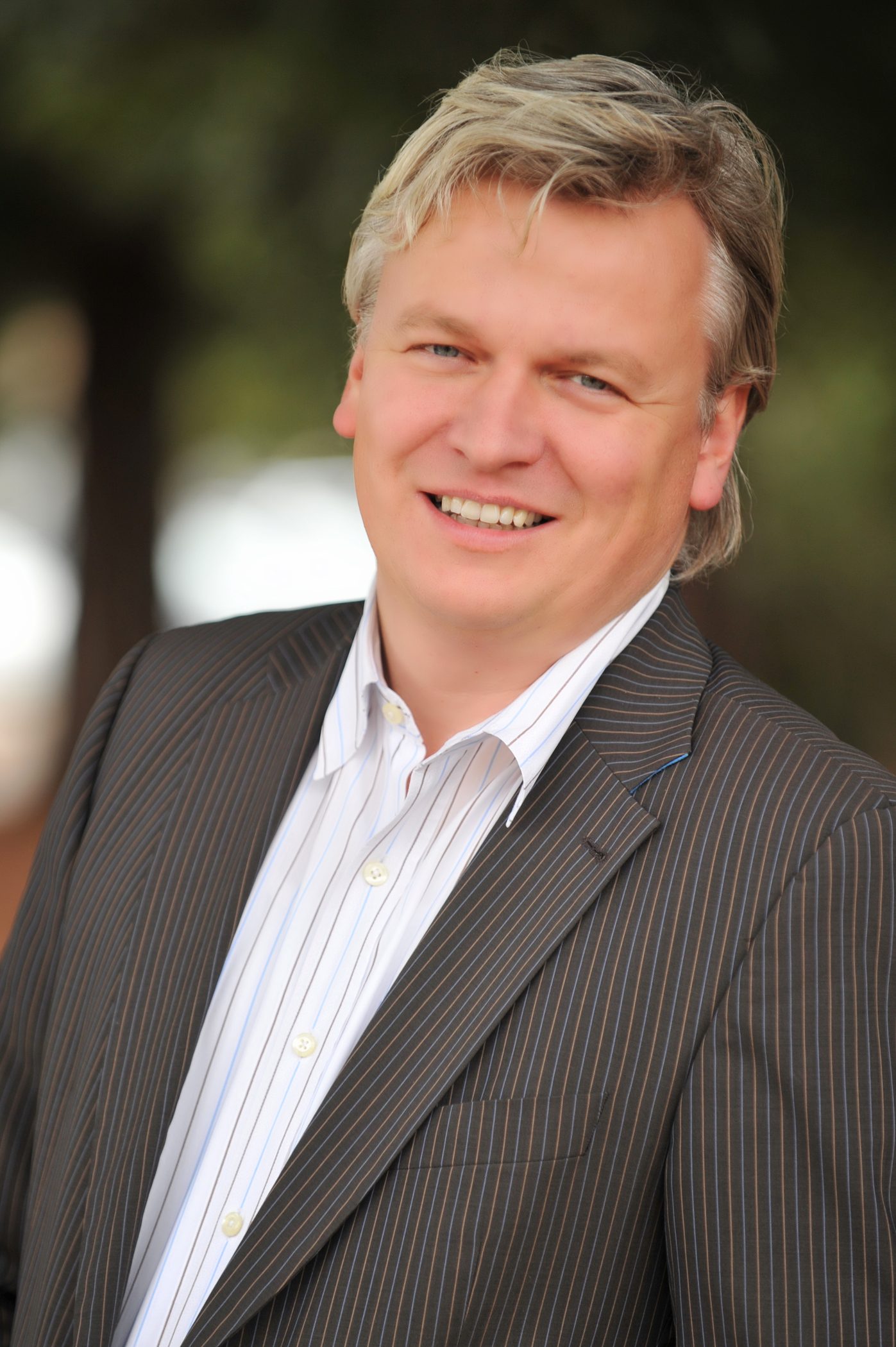
Mr. Vanderhaeghen brings in over 28 years of experience in lighting technology and application innovation, of which 18 years has been dedicated to the field of automotive lighting.
He joined Philips Lighting in 1995 at the Central Development Lighting laboratories (Eindhoven, Netherlands), where he investigated light source technologies for new product creation for special lighting applications. He joined the Digital Projection Lighting Business (Turnhout, Belgium) as Innovation manager and later on as Marketing Manager for UHP lamp systems.
In 2005 Mr. Vanderhaeghen transitioned to Philips Automotive (Aachen, Germany) to start new business creation for LED automotive applications. In 2009, he was appointed Director Strategic Marketing OEM Automotive in Lumileds (San Jose, US California). In 2013, he returned to Germany where today he is responsible for Global Market & Innovation Strategy OEM Automotive.
Mr. Vanderhaeghen graduated in 1992 with a Masters electronic engineering degree from the University in Ghent, Belgium.

Keanu Ma, Director of Lumileds APAC Technical Competence Center. Keanu graduated from Shanghai Jiao Tong University, and majored in mechanical engineering. He is MBA from School of Management Fudan University. Keanu has18 years’ experience in automotive lighting system development and management of the technical team. He ever worked in Magnetti Marelli China and NIO, in the R&D field of lighting system.
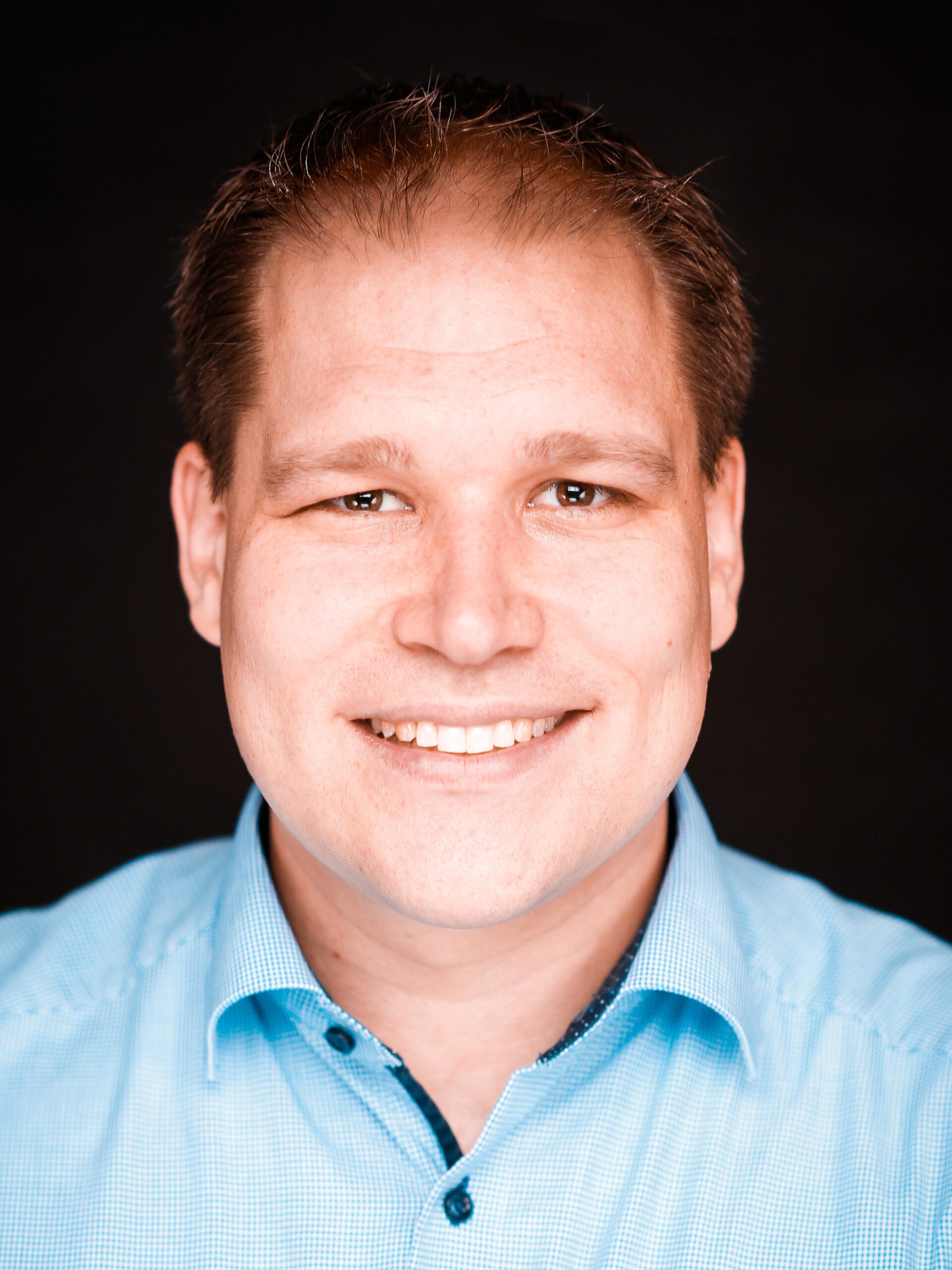
Christian Kalkschmidt is the Senior Manager Product Development at Lumileds in Germany. Christian joined Lumileds in 2014 and has focused on automotive headlamp applications, innovations, and technology.

14:00-14:30 pm, Room B (Grand Ballroom 2, 2F)
Dynamic light distributions provide unique benefits to lighting applications, from energy savings and improved visual performance to aesthetic interest and information projection. With digital light sources the realization of these variable patterns becomes practically achievable for the first time. Not being constrained to traditional fixture types with static light distributions is a major paradigm change in lighting design. Light source placement becomes flexible, commissioning is fully digitized and lighting design becomes algorithmic and adaptive. In this course we will show what is possible with digital light sources today and dive into application examples using this new approach to lighting design.
13:00-13:30 pm
In recent years, the pick-up in the race to offer EV vehicles has compressed development schedules. The uncertainty in global demand for automobiles puts additional pressure on development costs. A modular lighting solution with the appropriate system partition allows set-makers to mitigate these risks. This presentation will highlight the benefits of modular solutions with examples such as LUXEON Go modules for high/low beams, LUXEON LxN regulated rear lighting modules, and LUXEON MxN: Advanced beam-forming technologies. These off-the-shelf solutions reduce the need for the set maker to invest in R&D, tooling, and special production equipment, thus keeping overall system costs down.
The last three years have brought significant changes to the retail landscape, giving rise to a huge increase in online sales and the explosion of available platforms to communicate with your consumers. This exponential growth has come with several advantages, but an increase in commerce translates into a proportional increase in counterfeit goods, which threatens brand reputation and risks loss of sales. Several online marketplaces and social media platforms have now begun taking steps in the right direction when it comes to identifying counterfeiters as a problem. We will be discussing how you can effectively communicate, collaborate and co-operate with online marketplaces and social media platforms to take down counterfeiters.

Julia R Talke is the global lead counsel for trademarks and branding at Lumileds, a global leader in the lighting industry. She manages the company’s global trademark portfolio and advises on all aspects of non-technical intellectual property, enforcement, branding and marketing activities, such as marketing claims, promotions and sweepstakes. Prior to joining Lumileds, Ms. Talke worked as IP counsel for Philips and as an IP associate in the New York office of Baker & McKenzie. At Baker, she advised clients in the entertainment and fashion industries on US and global trademark management, brand protection and promotional matters. Ms Talke has served as vice chair of INTA’s Brands and Innovation Committee and has spoken at different events on the topic of brands and innovation. This is the fifth year running that she has been nominated for the WTR 300.
The solid state lighting revolution has brought tremendous benefits of greater light source efficiency, longevity and new applications. While most major lighting applications have seen over 50% replacement of conventional light sources, there is tremendous opportunity in new ideas for better spectral engineering, and where, when and how we use light. Digital lighting is the next wave in light source technology where close coupling of LEDs with electronics and optics enables energy-efficient and versatile lighting solutions across different sectors. Automotive lighting is being enhanced with adaptive lighting systems, improving safety. Mobile phones now boast adaptive flash for better imaging. General Illumination has the potential for a significant shift towards smart and connected systems, optimizing energy usage by delivering the light dynamically, thus mitigating problems associated with light pollution and enhancing our well-being. MicroLED displays promise higher resolution, increased brightness, efficiency and never before possible compact light engines. We will talk about the latest Lumileds technologies enabling digital light sources and new applications.
Oleg Shchekin is the Chief Technology Officer of Lumileds and is responsible for technology roadmap and incubating new technologies and product concepts that enable Lumileds to lead the industry. Oleg brings over 20 years of innovation, technical development and organizational leadership in semiconductors and LEDs to his role. Dr. Shchekin joined Lumileds in 2005 and has held a number of technical and leadership roles. He has guided LED product efficiency roadmaps, phosphor materials development, incubated and transferred new technologies and products to development, and established and developed a number of technical competencies in R&D. Dr. Shchekin’s previous professional experience includes epitaxial semiconductor crystal growth, semiconductor lasers, and flexible organic semiconductor integrated circuits. His work has been recognized by various awards as well as industry review journals. Dr. Shchekin holds Ph.D. and M.S. degrees in Electrical Engineering and a B.S. in Physics

Wouter Soer is a Director of Product Development at Lumileds. He leads early stage LED product and application development programs for a wide range of lighting applications, and participates in external working groups related to policy, standardization and funding programs to facilitate market introduction of innovative lighting products. Wouter led the spectral design and development for Lumileds' tunable white LED platform and is an in-house expert on color science and color rendering. Currently, he is co-PI on a multi-partner DOE funded project to develop digital light engines for adaptive lighting systems. Wouter has more than 15 years of experience in the lighting and semiconductor manufacturing industries and holds a Ph.D. in Materials Science from the University of Groningen.
Lumileds LED specialist Willem Sillevis-Smitt will explain the tools and techniques available that will help the lighting industry overcome dark-sky concerns.
We present state of the art for materials and devices for use in low power wearable displays. We show efficiencies for InGaN-R, G, B, and AlInGaP-R materials as well as the dependence of performance on current density and emitter size. We further discuss how display efficiency can benefit from the presented level of microLED performance and contrast various material systems and optimal driving conditions.

Brendan Moran leads Display Technology including MicroLED development at Lumileds.
FLS and Lumileds have partnered with TE and Inventronics for LED Beyond Illumination Seminar. Learn about the impact of light on plant development and how automation can be used to improve productivity that will aid the shift towards sustainable future food farming using high tech methods.